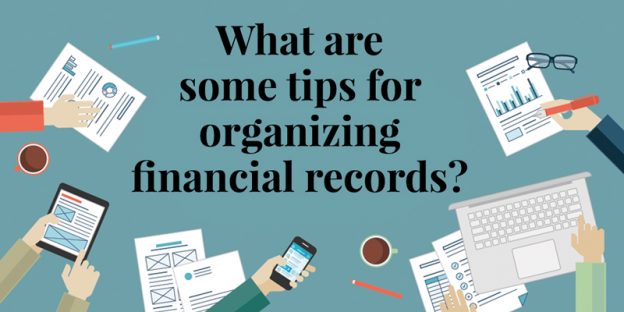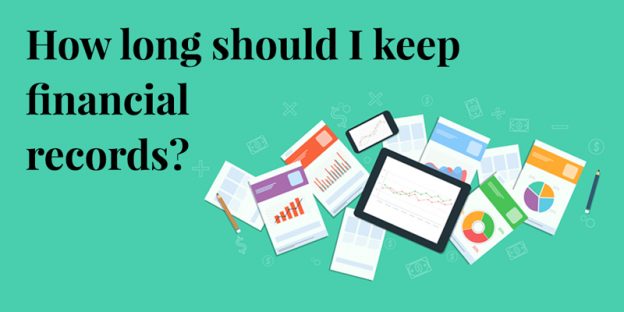For a lot of young people today, it’s difficult to purchase a home without at least some financial assistance. As a result, many young adults turn to their parents or other family members for help with a down payment.

If you plan on lending your child money for a down payment on a house, you should try to assume the role of a commercial lender. Setting the terms of the loan in writing will demonstrate to your child that you take both your responsibility as lender and your child’s responsibility as borrower seriously.
While having an actual loan contract may seem too businesslike to some parents, doing so can help set expectations between you and your child. The loan contract should spell out the exact loan amount, the interest rate and a repayment schedule. To avoid the uncomfortable situation of having to remind your child that a payment is due, consider asking him or her to set up automatic monthly transfers from his or her bank account to yours.
This type of loan documentation is also important for IRS purposes because there may be potential income and gift tax issues with these types of loans. For example, interest paid by your child will be considered taxable income, and if adequate interest is not charged for the loan, special imputed interest rules may apply.
If you don’t feel comfortable lending your child money, you may want to consider making a smaller, no-strings-attached gift that doesn’t have to be repaid. Currently, you can gift up to $14,000 annually per person under the gift tax exclusion. However, if you do gift money for a down payment, your child’s lender may still require him or her to put up some of his or her own money, depending on the type of mortgage chosen.
Keep in mind that lending money to family members can be a tricky proposition. Before entering into this type of financial arrangement, you should take the time to carefully weigh both the financial and emotional costs.
Important Disclosure







 For example, you may want to keep ATM receipts only temporarily, until you’ve reconciled them with your bank statement. But if a document provides legal support and/or is hard to replace, you’ll want to keep it for a longer period or even indefinitely. It’s ultimately up to you to determine which records you should keep on hand and for how long, but here’s a suggested timetable for some common documents.
For example, you may want to keep ATM receipts only temporarily, until you’ve reconciled them with your bank statement. But if a document provides legal support and/or is hard to replace, you’ll want to keep it for a longer period or even indefinitely. It’s ultimately up to you to determine which records you should keep on hand and for how long, but here’s a suggested timetable for some common documents. *The IRS requires taxpayers to keep records that support income, deductions, and credits shown on their income tax returns until the period of limitations for that return runs out–generally three to seven years, depending on the circumstances. Visit irs.gov or consult your tax professional for information related to your specific situation.
*The IRS requires taxpayers to keep records that support income, deductions, and credits shown on their income tax returns until the period of limitations for that return runs out–generally three to seven years, depending on the circumstances. Visit irs.gov or consult your tax professional for information related to your specific situation.

